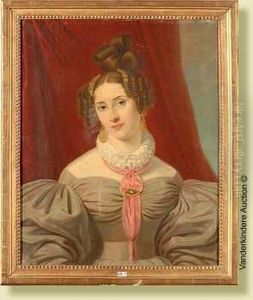C. Bosse Paintings
C. Bosse, known fully as Abraham Bosse, was a prominent French artist and engraver of the 17th century, born in 1602 in Tours, France, and passing away in 1676 in Paris. His work is renowned for its technical skill, detailed depiction of 17th-century French society, and contributions to the art of engraving and printmaking. Bosse's upbringing in a Huguenot family in a period of religious turmoil in France profoundly influenced his life and work, navigating the complexities of his era with a keen eye for detail and a masterful command of his craft.
Bosse's early life was marked by his apprenticeship to a Parisian engraver, which laid the foundation for his future career. Throughout his career, Bosse became a master of the burin, an engraving tool used to create intricate details and subtle gradations in prints. His engravings covered a wide range of subjects, including scenes of everyday life, religious themes, and illustrations for books. Bosse was deeply involved in the intellectual and artistic debates of his time, most notably through his association with the Académie Royale de Peinture et de Sculpture in Paris. However, his relationship with the Académie was fraught with disagreements, particularly over the use of line engraving versus etching, leading to his eventual expulsion in 1661.
Despite the controversies, Bosse's contributions to the field of printmaking were significant. He authored several influential treatises on perspective, geometry, and the art of engraving, including 'Traité des manières de graver en taille douce' (Treatise on the Ways of Engraving in Intaglio) in 1645. These works laid the groundwork for future generations of engravers and artists, emphasizing the importance of scientific accuracy and the integration of artistic and geometric principles.
Bosse's legacy extends beyond his technical mastery and contributions to art theory. His engravings provide a valuable historical record of the social customs, fashion, and interiors of 17th-century France, offering insight into the daily life and mindset of his time. His keen observation and meticulous detail capture the nuances of class, profession, and gender, making his work an invaluable resource for historians and art lovers alike.
In summary, Abraham Bosse was a figure of immense talent and complexity, whose work bridged the worlds of art and science. His engravings and treatises not only advanced the technical aspects of printmaking but also offered a window into the soul of 17th-century France. Despite the challenges he faced, his legacy endures as a testament to the enduring power of visual art to capture and communicate the human experience.
